National
What is the land scam that has shaken the government’s seat all about?
The story of Lalita Niwas, which involves multiple administrations right from the early days of king Mahendra’s Panchayat.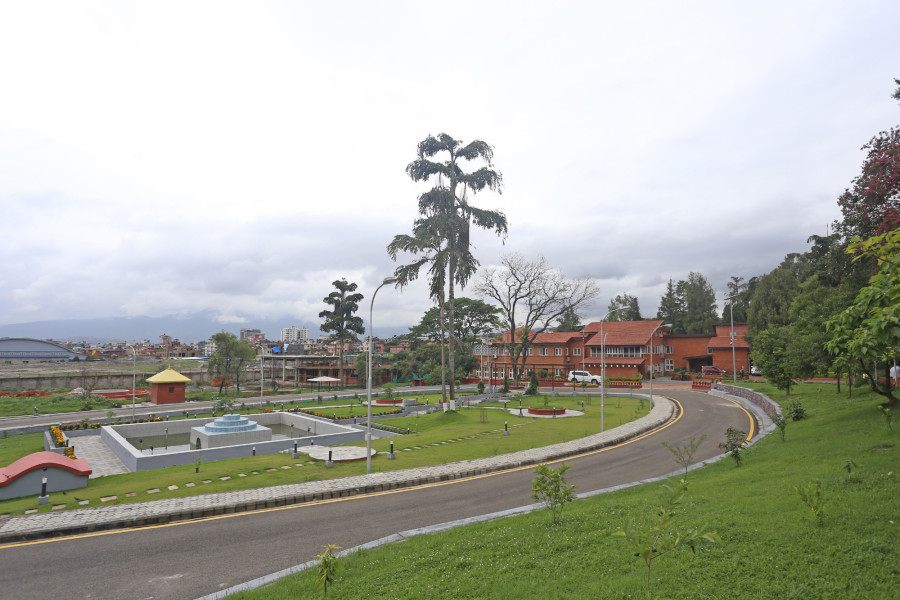
Mohan Guragain
On February 5, the Commission for the Investigation of Abuse of Authority filed corruption charges against 175 individuals in relation to a land grab in the heart of Kathmandu. A series of media reports had pointed out just how the “land mafia” conspired with public officials to convert state property at Lalita Niwas, around the prime minister’s residence in Baluwatar, into the personal assets of a number of private individuals.
Former deputy prime minister and minister for physical infrastructure and transport Bijay Kumar Gachhadar, and two former land reforms ministers Dambar Shrestha and Chandra Dev Joshi, along with three former government secretaries are among those who face corruption charges over the illegal transfer of government land. Given the involvement of powerful people, including politicians and a sitting Supreme court justice, the case has come to symbolise the endemic state of corruption in Nepal today. The scam was initially unearthed by a probe committee led by former secretary Sharada Prasad Trital and the case was pursued by the Central Investigation Bureau of the Nepal Police, before the Commission for the Investigation of Abuse of Authority moved the Special Court.
Here’s everything you need to know about the Lalita Niwas land grab.
What is Lalita Niwas?
Rana prime minister Bhim Shumsher in the 1920s had purchased around 300 ropanis (15.26 hectare) of land near what is now Baluwatar and built the Subarna Mahal palace, named after his grandson Subarna Shumsher. According to local residents, Bhim Shumsher had forcefully captured farmland from hundreds of people for the palace compound. This was later known as Lalita Niwas, although it is unclear how it acquired that name. Many believe that Lalita was Subarna Shumsher’s mother’s name.
How did the land become government property?
Subarna Shumsher was finance minister from the Nepali Congress in the interim government formed after the 1951 rebellion that led to the overthrow of the Rana family rule. The Congress formed its government in May 1959, following an overwhelming majority in the country’s first general election. But in 1960, King Mahendra staged a coup against the democratic government, banned all political parties, and launched the partyless Panchayat rule that lasted 30 years.
The royal regime seized 14 ropanis (7,122 square metres) of land from Lalita Niwas as Subarna was a top leader of the banned party. Meanwhile, the government also acquired 284 ropanis from Lalita Niwas as per the Land Acquisition Act 1961 by paying compensation.
Why was the land given back?
After the restoration of democracy in 1990, the Krishna Prasad Bhattarai Cabinet decided to return the land seized by the Panchayat regime. Officials at the Dillibazar Land Revenue Office had misinterpreted the decision to return 113 ropanis 3 annas of land two years later to Sunita Rana, Shailaja Rana and Rukma Shumsher Rana as inheritors of Subarna Shumsher’s property. One of the players who provided the land revenue office’s approval for transferring the government land to individuals’ names was Mukunda Prasad Acharya, an official at the office. The Nepal Police found that land revenue official Dharma Prasad Gautam had prepared all the documents to facilitate the ownership transfer. The Rana family is believed to have transferred some of the plots into the names of the officials’ relatives “as gifts”.
Who are the notable beneficiaries of the scam?
Those who inherited the land from Subarna Shumsher sold their plots through controversial land dealer Shobha Kanta Dhakal, legal practitioner Ram Kumar Subedi, and some officials from the the Dillibazar land revenue office. Since then, the plots of land have been sold more than 10 times. Most of the Baluwatar land, which has now been frozen, is in the name of Min Bahadur Gurung, the owner of Bhatbhateni Supermarket. The supermarket’s warehouse is adjacent to the Speaker's residence in Baluwatar.
Current Supreme Court Justice Kumar Regmi bought some of the land on January 24, 2005 from Gurung. Regmi told Kantipur daily, the Post’s sister publication, that he had received the land as fees for providing legal services to the department store.
The Non-Resident Nepali Association has also built its office on more than three ropanis of land in Baluwatar.
When Election Commissioner Sudheer Kumar Shah was the personal secretary of prime minister Lokendra Bahadur Chand, he had shrunk the compound of the prime minister’s residence by moving its fence. Shah had bought the land thus put outside the PM’s residence in the name of his wife.
How did the land go to tenants?
Some of the land went to the tenants 20 years ago. When the Rana family registered the government-acquired land saying that it had been seized illegally, a number of people claiming to be tenants filed applications with the Land Reform Office. The office decided in favour of the applicants and the Patan Appellate Court upheld the decision. Some of this land eventually came into Regmi’s ownership.
Nine years ago, more than three ropanis of land from Lalita Niwas was transferred into the names of individuals by creating the Pashupati Tikinchha Trust and fake tenants. The government’s probe committee found that even the land claimed by the residences of the prime minister and the chief justice was transferred into individual ownership.
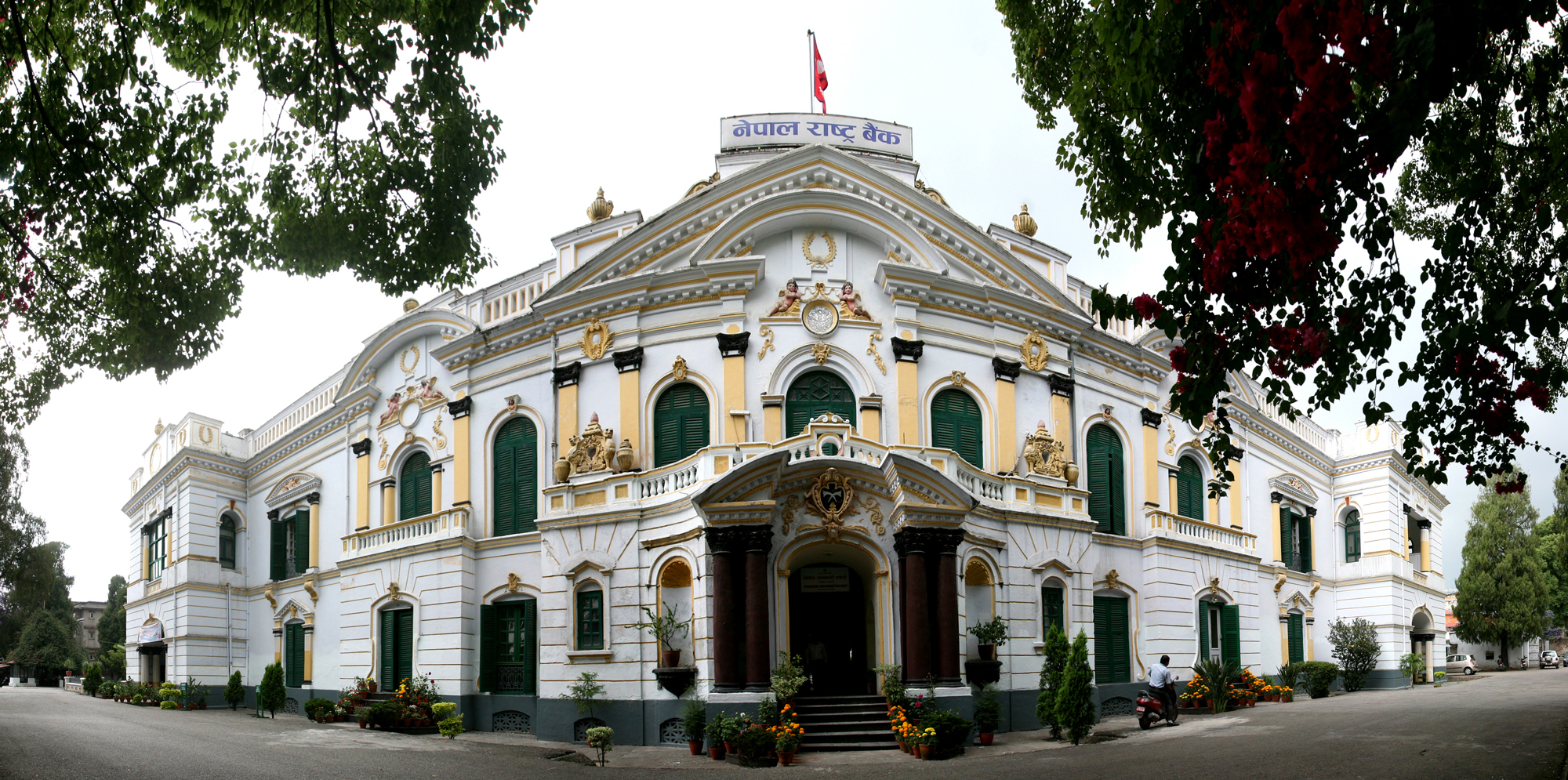
How did the incumbent government initiate the process to reclaim the property?
The Cabinet on March 12 last year took a decision to scrap all decisions to allow ownership transfer of government land to private individuals and reclaim such property. The government asked the Central Investigation Bureau to probe the Lilita Niwas case. The corruption watchdog was also notified.
Who has been implicated in the land grab?
The commission has implicated former secretary Dinesh Hari Adhikari, former secretary and ex-chief commissioner of the CIAA Deep Basnyat, and businessman Min Bahadur Gurung, among others. In the Madhav Kumar Nepal government, Gachhadar was minister and Basnyat secretary at the Physical Infrastructure Ministry when the duo decided to register plots of land in the names of dozens of individuals and fake tenants. The Nepal Cabinet had decided to expand the prime minister’s residence and build a road inside Lalita Niwas by paying compensation to the people who had grabbed the land on the basis of government decisions taken in 1990.
Bishnu Poudel, general secretary of the Nepal Communist Party, is also believed to have acquired plots of land at Lalita Niwas and then transferred said plots into the name of his son Nabin Poudel. The commission, however, did not indict Poudel or his son, or Supreme Court Justice Kumar Regmi on the grounds that they had pledged to return the illegally purchased property. Two days after the land grab case was filed against 175 individuals, Nabin Poudel and Regmi transferred the property back to the government.
Why has the case filed by the anti-graft agency run into controversy?
The anti-corruption commission has indicted 175 individuals but a number of key people have been passed over. This has raised questions about whether the agency’s intentions were politically motivated. The commission stopped short of indicting Nabin Poudel and Supreme Court Justice Regmi on the grounds that they agreed to return the plots but advocates have said that one cannot evade punishment by returning illegally purchased property.
A senior official involved in the probe also told the Post last week that the constitutional commission had given clean chits to “some powerful individuals” because of their political connections.
According to Advocate Bhimarjun Acharya, the commission’s move shows that it too has been politicised.
“It is clear that the decisions were taken in the spirit of vengeance,” Acharya told the Post. “The commission spared former prime ministers Madhav Kumar Nepal and Baburam Bhattarai, but it has sought action against those who took the proposal to the Cabinet. I wonder if they would have indicted Bijay Gachhadar if he was in power.”
The commission spared former prime ministers Nepal and Bhattarai, even though the decisions to illegally transfer the government land into private hands were taken during their tenures on the grounds that their decisions constituted “policy decisions”, which the commission cannot look into. Advocates, however, have disputed the commission’s claims.




 11.12°C Kathmandu
11.12°C Kathmandu

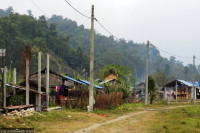

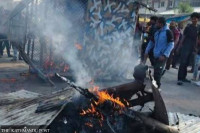
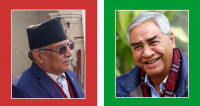








%20(1).jpg&w=300&height=200)

